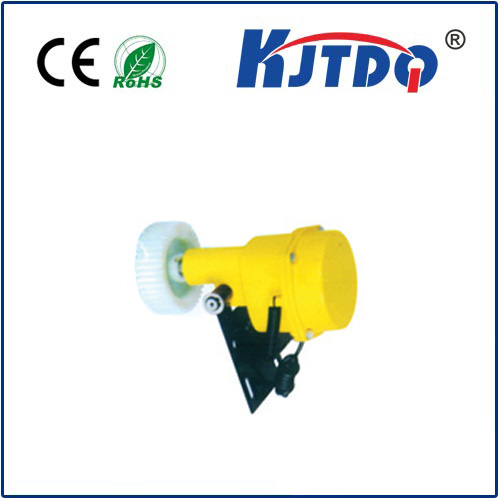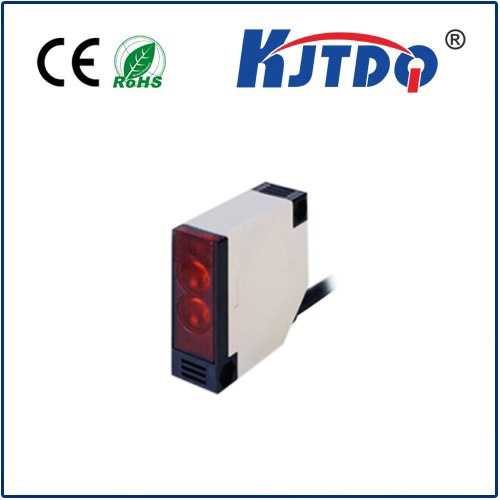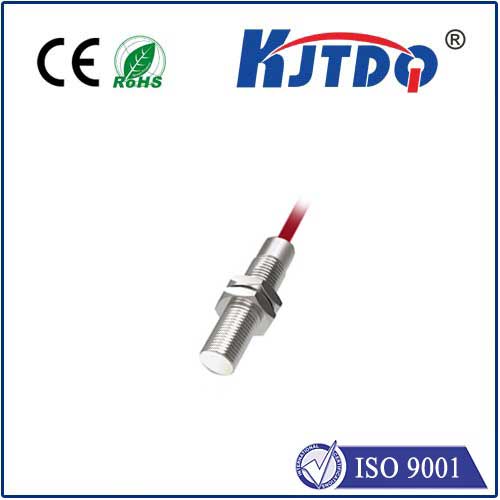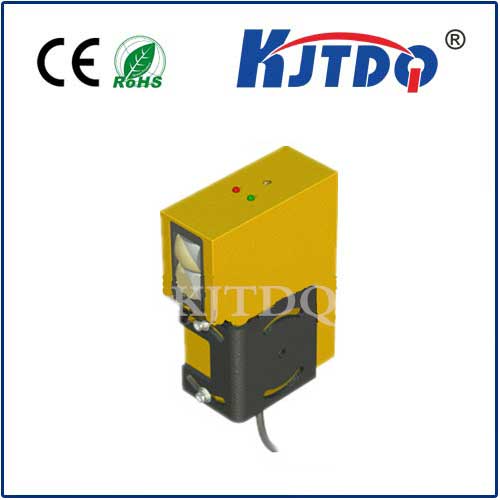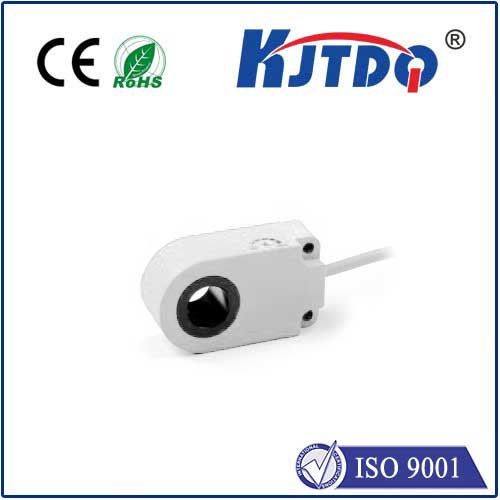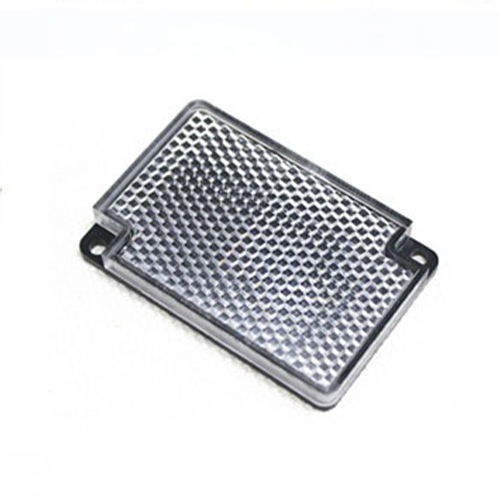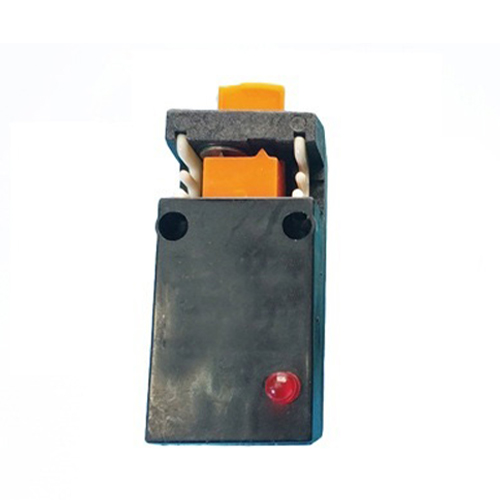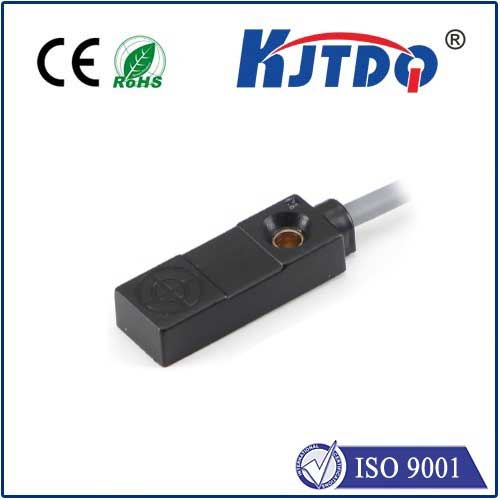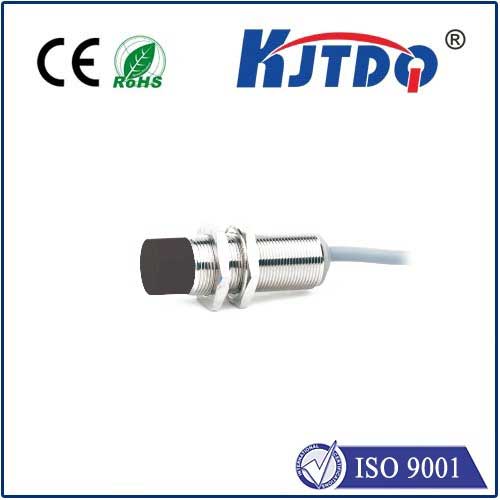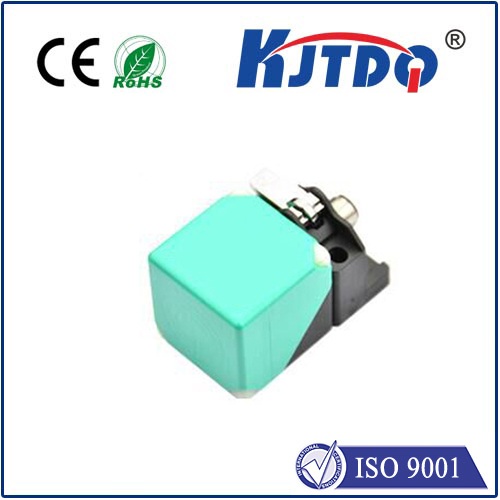

check

check

check

check

check

check

check

check

check

check
Title: 3018 CNC Limit Switches: A Comprehensive Guide
CNC (Computer Numeric Control) limit switches are an essential component in the automation of machinery and industrial processes. They play a crucial role in controlling the movement of motors, ensuring accurate positioning and preventing damage to equipment. In this article, we will explore the concept of CNC limit switches, their types, and how they work in CNC systems.
Introduction to CNC Limit Switches
CNC limit switches are mechanical devices that detect the presence or absence of a contact point between two surfaces. When the contact is present, the switch sends a signal to the CNC system, which then interprets it as a command to control the movement of the machine. These switches are commonly used in industries such as automotive, aerospace, and medical devices, where precise positioning and control are critical.
Types of CNC Limit Switches
There are several types of CNC limit switches available on the market, each with its unique characteristics and applications. Some of the most common types include:
1. Magnetic Limit Switches: These switches use a magnetic field to detect when a contact is present or absent. They are simple to install and maintain and are suitable for use in low-speed applications.
2. Optical Limit Switches: These switches use light to detect when a contact is present or absent. They are highly accurate and can detect even tiny movements. However, they are more expensive and require careful alignment to ensure reliable operation.
3. Pressure Limit Switches: These switches use pressure to detect when a contact is present or absent. They are suitable for use in high-pressure applications and can withstand harsh environments.
4. Pneumatic Limit Switches: These switches operate on compressed air and can detect when a contact is present or absent. They offer high reliability and can be used in various operating conditions.
How CNC Limit Switches Work in CNC Systems
In a CNC system, the CNC controller receives input from various sensors, including limit switches, to determine the position and orientation of the machine tool. The controller then uses this information to program the machine tool to perform the desired task.
When a CNC limit switch is activated (i.e., when the contact is present), it sends a signal to the CNC controller. The controller then interprets this signal as a command to control the movement of the machine tool. For example, if thelimit switch is positioned near the end of a linear motor shaft, the CNC controller would send a command to move the motor in the opposite direction to prevent overheating and other potential damage to the motor.
Conclusion
CNC limit switches are an essential component in the automation of machinery and industrial processes. By detecting the presence or absence of a contact point between two surfaces, these switches help to control the movement of motors and ensure accurate positioning. With their wide range of applications and reliable performance, CNC limit switches are widely used in various industries around the world.
